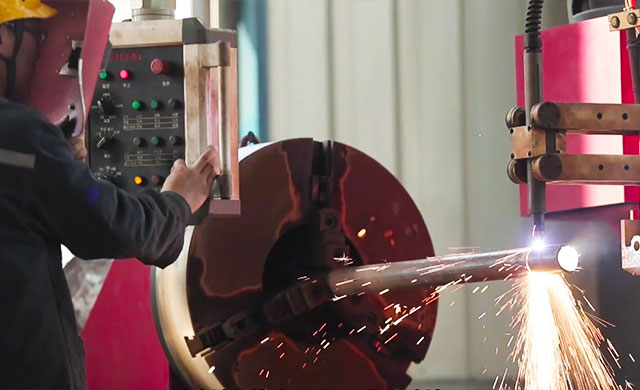
Nov . 09, 2024 07:32
Back to list
Understanding the Functionality and Importance of Gas Regulators in Safety Systems
Understanding Gas Regulators A Key Component in Gas Distribution Systems
Gas regulators are essential devices in gas distribution systems, serving a critical role in ensuring safe and efficient delivery of gas to various applications, including residential heating, industrial processes, and commercial uses. Understanding how gas regulators work and their significance can help users appreciate their value in maintaining safety and performance in gas-dependent systems.
What is a Gas Regulator?
A gas regulator is a mechanical device designed to control the pressure of gas delivered from a larger supply line to a lower, usable pressure. This regulation of pressure is crucial, as gas pressure must be kept within specific limits to ensure safety and functionality. Gas regulators come in various designs and can handle different types of gases, including natural gas, propane, and butane.
How Does a Gas Regulator Work?
The operational mechanism of a gas regulator is relatively straightforward. The device reduces high-pressure gas from the supply line to a predetermined lower pressure before distributing it to end-users. It works primarily through two key elements a diaphragm and a spring.
When gas enters the regulator, it pushes against the diaphragm, which then flexes in response to the incoming pressure. The movement of the diaphragm compresses the spring, and once the gas pressure exceeds the set point, the diaphragm moves to close off the flow, thus maintaining a consistent output pressure. As gas is consumed downstream, the pressure drops, allowing the diaphragm to move again and open the flow of gas as needed. This continuous adjustment ensures that the gas delivery remains stable, regardless of fluctuations in supply pressure or demand from consumers.
Types of Gas Regulators
Gas regulators can be categorized into several types, including
gas regulator

1. Straight-Through Regulators Used primarily for residential applications, these regulators are designed for low-pressure systems and provide steady pressure to home appliances.
2. Two-Stage Regulators These are utilized in systems requiring high accuracy or stability, especially where pressure changes can occur rapidly. They feature two separate regulatory stages to ensure consistent pressure control.
3. Zero-Pressure Regulators These are specialized devices that maintain a specific low-pressure output, typically used in process controls and sensitive applications.
4. Lock-Up Regulators Designed to shut off gas flow in the event of a drop in output pressure, providing an additional layer of safety for high-stakes applications.
Importance of Gas Regulators
The significance of gas regulators cannot be overstated. They not only enhance safety but also improve efficiency, reducing the risk of leaks and potential hazards. Regulators ensure that end-users receive the right pressure for their appliances, which optimizes performance and prolongs the life of these devices. For example, using a gas appliance designed to operate at a specific pressure without the correct regulation can lead to inefficiency and even failure.
Moreover, maintaining the correct pressure is vital in industrial applications, where improper gas flow can disrupt processes, leading to significant economic losses. Regulators can also assist in reducing emissions by ensuring complete combustion, thereby contributing to environmental sustainability.
Conclusion
In conclusion, gas regulators are vital components in gas distribution systems that ensure safe and efficient gas delivery. Their ability to modulate gas pressure enables residential, commercial, and industrial users to benefit from reliable heating and energy solutions. Understanding the functionality and importance of gas regulators empowers users to appreciate their role in promoting safety and efficiency in gas usage. As technology continues to evolve, advancements in gas regulator designs will likely lead to even greater safety and efficiency in the future.
Latest news
-
Safety Valve Spring-Loaded Design Overpressure ProtectionNewsJul.25,2025
-
Precision Voltage Regulator AC5 Accuracy Grade PerformanceNewsJul.25,2025
-
Natural Gas Pressure Regulating Skid Industrial Pipeline ApplicationsNewsJul.25,2025
-
Natural Gas Filter Stainless Steel Mesh Element DesignNewsJul.25,2025
-
Gas Pressure Regulator Valve Direct-Acting Spring-Loaded DesignNewsJul.25,2025
-
Decompression Equipment Multi-Stage Heat Exchange System DesignNewsJul.25,2025

